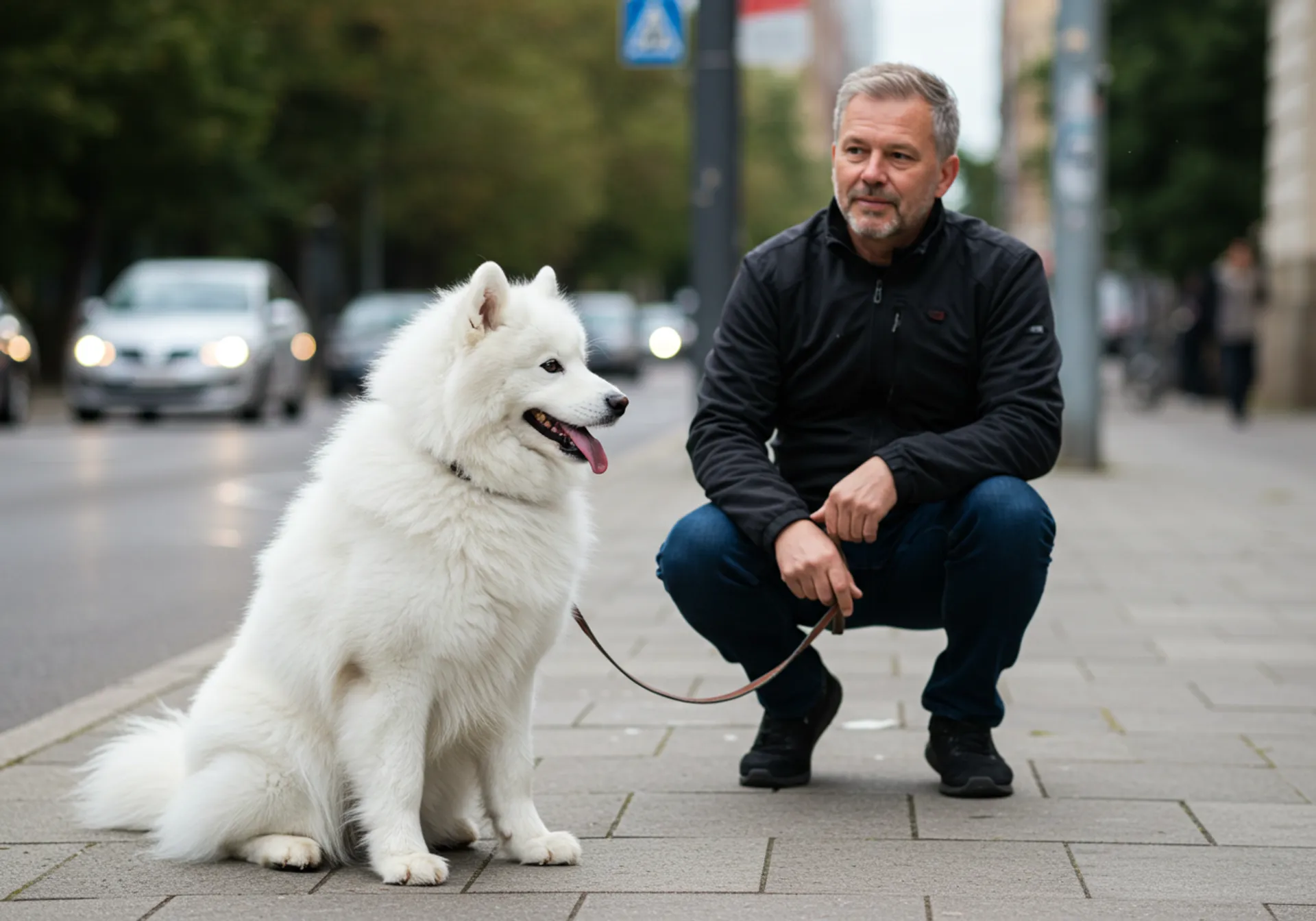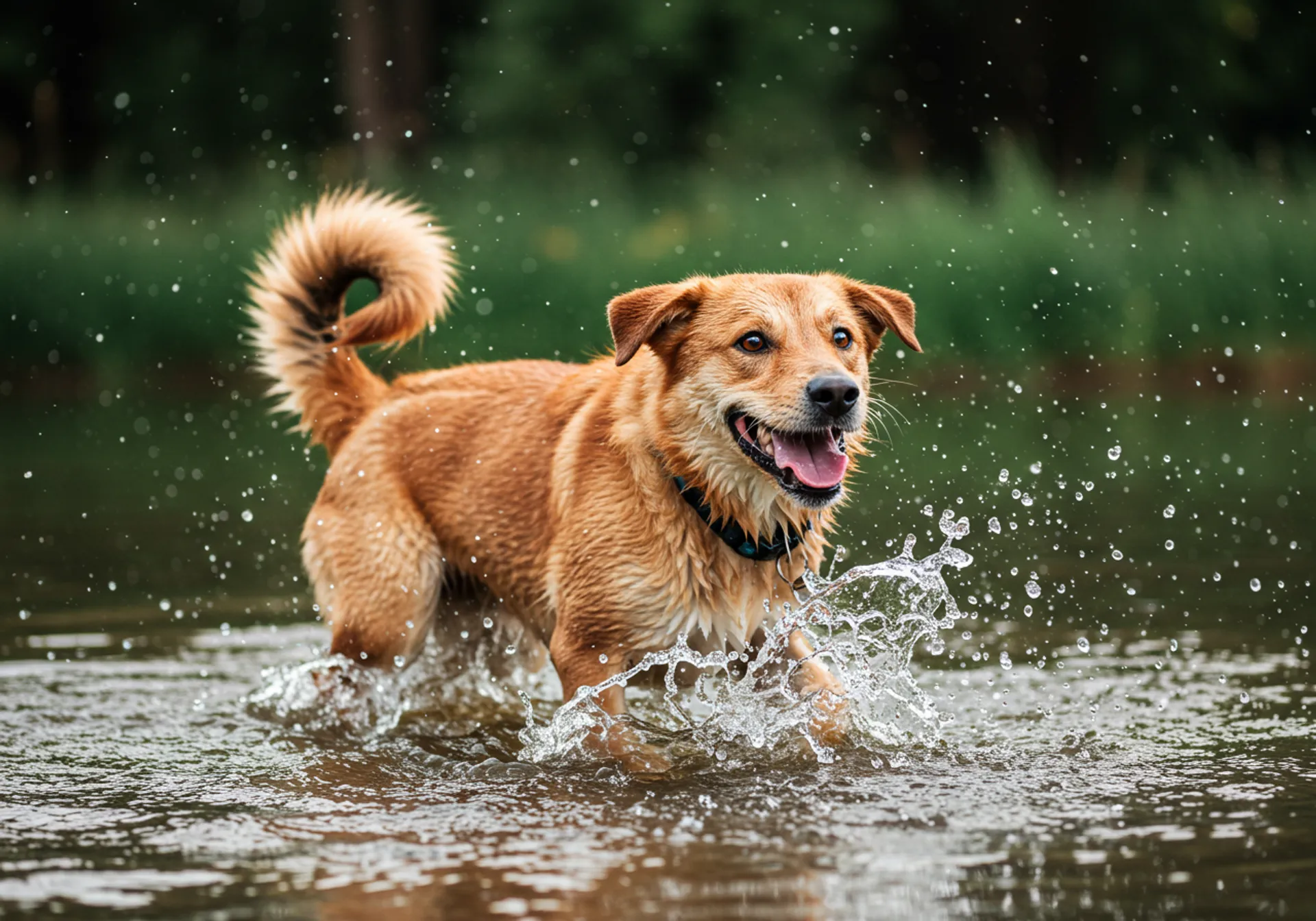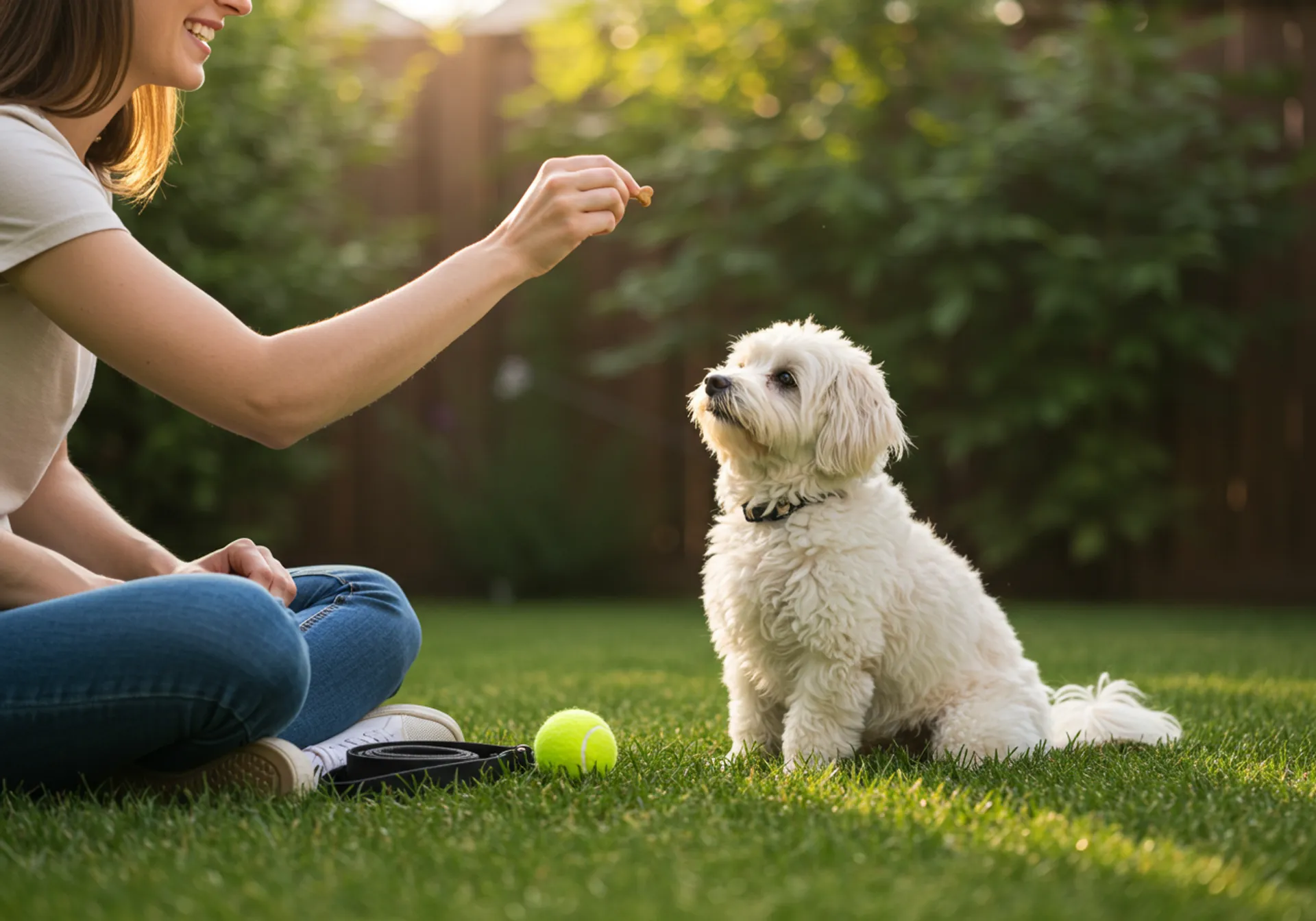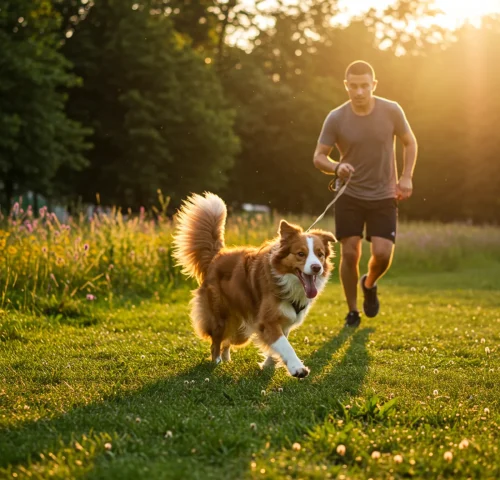Why Training and Exercise Go Hand in Hand
Training teaches your dog how to behave, while exercise gives them an outlet for energy. When combined, they help prevent destructive behaviors, improve your bond, and create a calm, happy dog. An under-stimulated pup is more likely to act out, but one with the right mix of training and exercise is balanced and content.
The Benefits of Consistent Training
- Improves obedience and safety
- Strengthens the bond between you and your pup
- Reduces unwanted behaviors
- Builds confidence in nervous or shy dogs
For example, consistent recall training can literally save your dog’s life if they run toward a busy street. Training also helps dogs feel secure because they understand what’s expected of them. Instead of living in confusion, they know the “rules” and thrive within them.
The Benefits of Regular Exercise
- Supports cardiovascular and joint health
- Prevents obesity and weight-related issues
- Improves mood and reduces anxiety
- Helps puppies and young dogs burn off excess energy
Think of exercise as more than just burning calories. A walk is a sensory adventure — new smells, sounds, and sights stimulate your pup’s brain as much as their body. Regular physical activity can even reduce separation anxiety by lowering stress hormones.
Training Basics Every Dog Parent Should Know
Whether you’re raising a puppy or working with an older dog, training should be positive, consistent, and patient. Here are the essentials:
Use Positive Reinforcement
Reward-based training encourages good behavior. Treats, toys, and praise work wonders. For example, reward your pup when they sit on command, instead of punishing when they don’t. Over time, the behavior becomes second nature.
Keep Sessions Short and Fun
Dogs learn best in 5–10 minute sessions, especially puppies. Long sessions can overwhelm them. End on a positive note so they associate training with fun. Even practicing a command once or twice while waiting for dinner builds consistency.
Be Consistent
Use the same commands, tone, and expectations every time. If you let your dog on the couch one day and scold them the next, they’ll be confused. Consistency is key to building trust.
Start with the Basics
- Sit: A foundation command for many behaviors
- Stay: Teaches impulse control
- Come: Critical for safety and recall
- Leave it: Prevents eating harmful objects
Once these basics are mastered, you can move on to more advanced commands or even fun tricks like “roll over” or “shake.”
Exercise Needs by Age and Breed
Different dogs have different energy requirements. Consider your pup’s breed, size, and age when planning exercise.
Puppies
Puppies need short bursts of activity multiple times a day. Play sessions, short walks, and basic training exercises are ideal. Avoid over-exercising puppies, as their growing joints are delicate.
Adult Dogs
Most adult dogs benefit from at least 30–60 minutes of exercise daily. High-energy breeds like Border Collies, German Shepherds, or Huskies may need more than two hours of activity each day. Mixing physical exercise with mental stimulation (like puzzle toys) helps prevent boredom.
Senior Dogs
Older pups still need movement, but at a slower pace. Gentle walks and light play help maintain joint mobility and prevent stiffness. Swimming is an excellent low-impact option for seniors with arthritis.
Fun Exercise Ideas for Dogs
Exercise doesn’t have to mean the same walk around the block. Try mixing it up with these fun activities:
- Fetch: A classic that provides both cardio and mental stimulation.
- Tug-of-War: Builds muscle and strengthens your bond.
- Agility Training: Set up a mini obstacle course in your backyard.
- Hiking: Great for both you and your dog to enjoy nature.
- Swimming: A low-impact workout for dogs with joint issues.
- Dog Parks: Socialization and exercise combined.
- Hide-and-Seek: Teaches recall while keeping things playful.
Adding variety keeps your dog engaged and excited. Even a new walking route can feel like an adventure for your pup.
Common Training & Exercise Mistakes
Even dedicated dog parents can make mistakes. Here’s what to avoid:
- Skipping daily exercise due to busy schedules
- Using harsh punishment instead of positive reinforcement
- Over-exercising puppies, which can harm developing joints
- Not adjusting routines for senior dogs
- Expecting results too quickly — training takes time
- Ignoring mental exercise (like puzzle feeders or sniff walks)
By being mindful of these mistakes, you’ll set your pup up for long-term success and happiness.
How to Create a Routine That Works
Dogs love structure. A daily schedule that includes set feeding times, walks, play sessions, and training builds trust and reduces anxiety. For example:
- Morning: Short walk and breakfast
- Midday: Playtime or training session
- Afternoon: Nap followed by light exercise
- Evening: Longer walk and cuddle time
Consistency helps dogs know what to expect, which makes them calmer and more cooperative. You don’t have to follow a strict schedule, but try to keep the same general rhythm every day.
Mental Stimulation: An Overlooked Form of Exercise
Physical exercise is important, but mental stimulation is just as vital. Dogs are intelligent creatures who love solving problems. Here are a few ways to challenge your pup’s brain:
- Food puzzles: Toys that make dogs work for their treats
- Nose work games: Hide treats around the house for your dog to sniff out
- Interactive toys: Toys that squeak, bounce, or move unpredictably
- Learning new tricks: Teaching something new keeps training fresh
A mentally stimulated dog is a happy dog — and one far less likely to get into trouble when left alone.
When to Seek Professional Help
Some dogs may need extra guidance, especially if they show aggression, severe anxiety, or destructive behavior. A certified trainer or behaviorist can provide tailored strategies. Look for trainers who use positive reinforcement methods — avoid anyone promoting harsh punishments. Organizations like the Association of Professional Dog Trainers offer resources to help you find qualified professionals.
Final Thoughts
Dog training and exercise are about more than teaching commands or burning energy — they’re about creating a lifestyle where your pup feels secure, loved, and fulfilled. By combining consistency, positive reinforcement, and regular activity, you’ll help your dog live a longer, happier life. For more helpful tips, visit our Training & Exercise category here on The Dog Blog.




